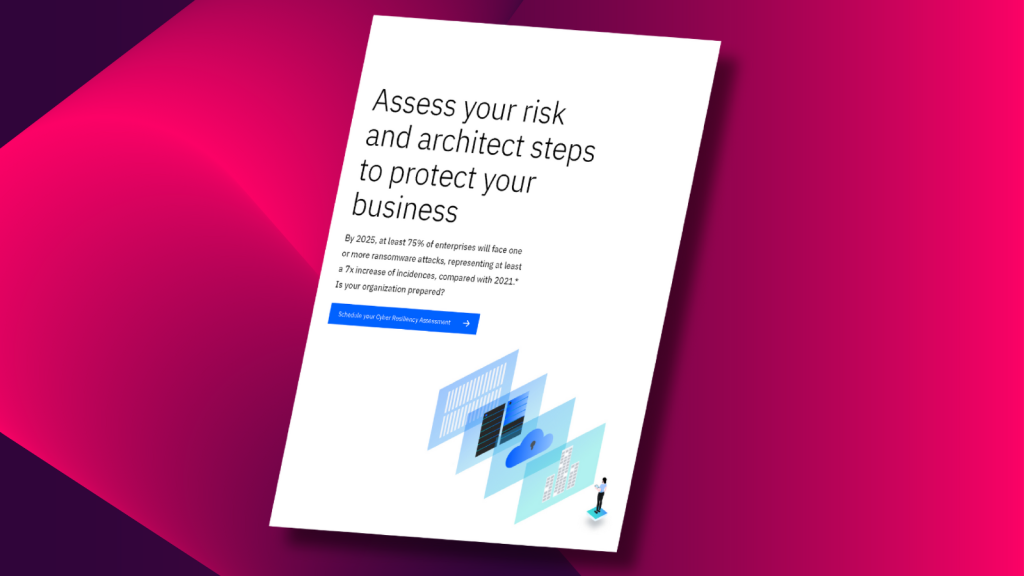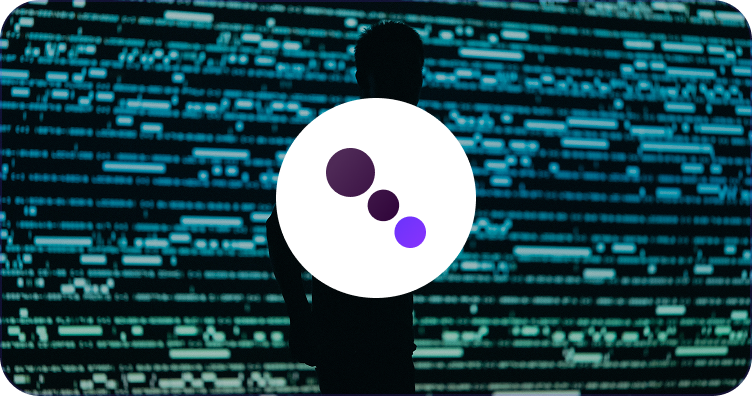Cyber crime is one of the biggest threats facing modern business. A successful data breach causes a financial and reputational catastrophe, and persistent criminals leveraging advanced attack tactics will stop at nothing to access your critical assets. From the smallest to the largest of enterprises, everyone is a target for data theft and ransomware; making cyber security a mission critical operation.
At the first line of your cyber security defences should be a SIEM solution; a comprehensive cybersecurity platform that analyses data from all areas of your IT environment in order to provide real-time monitoring and threat detection capabilities. With advanced analytics and correlation techniques, SIEM solutions enable a proactive response to security events and incidents, ultimately enhancing your business’ overall security posture.
Deploying a Security Information and Event Management (SIEM) solution has become critical for organisations in the face of an ever-evolving cyber security threat landscape. As IT decision makers, your role is key in ensuring the successful deployment of SIEM. Here are ten key strategies that you can follow to ensure maximised return from your SIEM investments.
Key 1: Clear objectives and scope
The foundation of a successful SIEM deployment lies in establishing clear objectives and scope. Define what you want to achieve with your SIEM system. Are you primarily focused on threat detection, compliance, or both? Determine the scope of data sources to be integrated, such as network logs, application logs, and security event data. Clearly defined objectives will shape the entire deployment process.
Key 2: Thorough assessment of your current infrastructure
You should also conduct a comprehensive assessment of your current infrastructure, in order to maximise your SIEM deployment. This includes:
Network architecture
Understand the layout of your network, including segments, subnets, and perimeter defenses.
Data sources
Identify the various data sources, including firewalls, IDS/IPS, servers, and endpoints, that will feed into your SIEM system.
Log management
Assess your existing log management processes and tools. Are logs being generated, collected, and stored effectively?
Security policies and compliance
Review your organisation's security policies and compliance requirements, to ensure alignment with your defined SIEM objectives.
Key 3: Data normalisation and enrichment
Data normalisation is a crucial element of a SIEM deployment. It standardises and structures incoming data from various sources into a consistent format, allowing for efficient data correlation and analysis, and ensuring that disparate logs and events can be compared and correlated effectively. Without data normalisation, a SIEM solution might struggle to recognise patterns or anomalies in your data, leading to missed threats or an increase in false positives. Normalised data provides a common language for the SIEM to work with, enhancing its ability to detect and respond to security incidents accurately and in a timely manner.
Key 4: Integration and compatibility
Integration and compatibility determine a SIEM's ability to seamlessly aggregate and correlate data from various sources across your environment. SIEM solutions need to integrate with a wide range of security tools, log sources, and network devices to provide comprehensive visibility into your organisation's digital environment; this compatibility ensures that data formats, protocols, and APIs are aligned, enabling smooth data ingestion and correlation. Without robust integration and compatibility, a SIEM may struggle to collect relevant information, leading to blind spots in threat detection and incident response, ultimately undermining the security posture of an organisation.
Key 5: Incident response planning
A SIEM solution does not just augment your threat detection; it also plays a pivotal role in incident response. Therefore, you need to develop incident response procedures with clearly defined roles, responsibilities, and workflows. SIEM tools aggregate and analyse vast amounts of security data to enable early threat detection, but without a well-defined incident response plan organisations risk being overwhelmed by the sheer volume of alerts, or failing to respond in a swift and coordinated manner. Incident response planning ensures that when a security incident occurs there are clear guidelines in place for identifying, containing, and eradicating cyber threats, reducing the impact of breaches, preserving critical digital assets, and ultimately enhancing the overall security posture of your organisation.
Key 6: Training and skills
Staff training is absolutely vital. Advanced knowledge and skills are needed to operate, configure, and utilise a SIEM solution to its full potential – it involves complex configurations, intricate data analysis techniques, and diverse data sources. Without adequate training, your security teams may struggle to interpret alerts, optimise rule sets, and respond to emerging threats promptly. Highly skilled staff can proactively tune the SIEM for better accuracy, reduce false positives, and identify real security incidents faster, ultimately enhancing an organisation's ability to detect and respond to cyber threats effectively. Globally there is a shortage of highly skilled security analysts, and if your organisation is struggling to recruit or train security specialists, then leveraging a managed service is a powerful way to mitigate the skills gap and introduce advanced SIEM technology in a cost-effective, flexible structure.
Key 7: Continuous monitoring and tuning
Introducing continuous monitoring ensures real-time surveillance of your business’ IT environment. It helps the SIEM solution to capture and analyse security events as they occur, enabling a swift (and as mentioned, well defined) response to threats. Without continuous monitoring there's a high risk of delayed threat identification, which can lead to prolonged exposure to security risks and potential data breaches. Constant vigilance is essential for maintaining a proactive security posture, reducing the dwell time of attackers, and minimising the potential impact of any security incidents.
Key 8: Compliance and reporting
A SIEM solution can also help your organisation to meet regulatory requirements and industry standards by providing the necessary mechanisms for monitoring, reporting, and auditing security-related events and data. SIEM can centralise and automate compliance-related tasks – this ensures that security policies are consistently enforced, and data breaches are promptly detected and reported as mandated by regulations such as GDPR or the upcoming DORA act. Compliance integration not only avoids legal repercussions and fines but also enhances overall security by facilitating a culture of proactive monitoring and adherence to best practices.
Key 9: Threat intelligence integration
Threat intelligence integration is one of the most critical elements of a SIEM deployment, as it enriches the security context of detected events and alerts with external information about emerging threats and known attack patterns. Incorporating up-to-date threat intelligence feeds allows a SIEM to correlate security events with known indicators of compromise, malware signatures, and tactics, techniques, and procedures (TTPs) used by advanced threat actors. A threat intelligence integration enhances the SIEM's ability to prioritise alerts, identify advanced and targeted threats, and take proactive measures to defend against evolving attack vectors – including new attack techniques and zero-day vulnerabilities.
Key 10: Regular testing and evaluation
Regular testing is essential to get the most out of a SIEM deployment. It helps you to identify and address weaknesses and blind spots, fine-tune SIEM alerts, and ensure that security teams are well-prepared to handle real-world threats. These tests also help to optimise your rule sets, and refine incident response processes, ultimately enhancing your security strategy’s ability to detect and respond to emerging, advanced cyber threats.
A Final Word
An effective deployment of a SIEM solution is absolutely mission critical for fortifying your business' cybersecurity defenses. By following the highlighted key strategies, IT decision makers can navigate the complexities of a SIEM deployment and create a robust security infrastructure capable of detecting, responding to, and mitigating evolving, advanced cyber threats.
Cyber Resilience Assessment

Celerity’s Cyber Resiliency Assessment is designed to identify gaps, strengths, & weaknesses against best practice requirements based on the NIST Cyber Security Framework, helping you to understand the risk and maturity level of your environment.
In turn, you’ll be able to create a plan to protect your business and streamline your data security processes, with a customised cyber resilience strategy that is fitted to your vision and mission.
Download the brochure here, or get in touch with us to learn about this free evaluation of your data protection strategy.

 Cyber Recovery
Cyber Recovery



